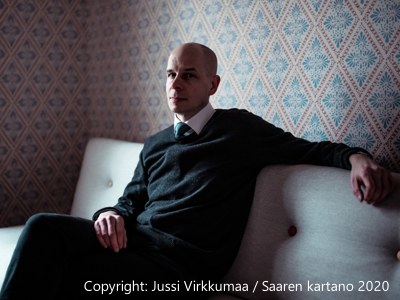Instrumentation: 2(+Picc)–2(+EH)-2-2(+Kfg), 2-2-0-0, Timp, Perc( 1-2), Str. (min. 8-6-4-4-2)
Duration: ca. 7‘
Verlag: Schott Music
WP: 10.10.2014, Amiens (Orchestre de Picardie, Edmon Colomer)
Further performances:
11.10.2014, Compiègne
12.10.2014, Laon
26.2.2015, Zilina
Commissioned by
ONE – An Orchestra Network for Europe
(Orchestre de Picardie, Jenaer Philharmonie, Slovak Sinfonietta Žilina, RTV Simfoničniorkester Ljubljana, Filharmonia Ślaska Katowice)
as part of the Mont Blanc Symphony
Introduction
In volapük, the orchestra is regarded as a continent, with each group of instruments embodying different regions, partly closer to each other, partly remote. The whole concept of the piece is based on the idea of mimesis, i.e. the attempt to make instruments sound alike, or to imitate the sound of another instrument, or at least to reflect the music that another instrument is playing. Thus, the piece’s ‘soundscape’ is a manifold collection of similarities through which, however, differences always show through – sometimes clearly, where the mimetic efforts fail due to a discrepancy too large to overcome in the techniques of sound production of the instruments, sometimes nearly imperceptible, where sounds amalgamate almost perfectly.
The title refers to an early attempt at a constructed ‘world language’. The “Volapük” language tried to compile a vocabulary mostly of English, French and German words and to construct a simple and regular grammar. After a few successful years, the project soon died away. Despite the fact that its basic idea of overcoming differences by standardisation proved to be a constructional fault, the Volapük language was still a heroic effort. In this sense, my piece will deal with the ambiguity of assimilating versus accepting, or even emphasising, differences, transforming phenomena of language and geography into sound.
